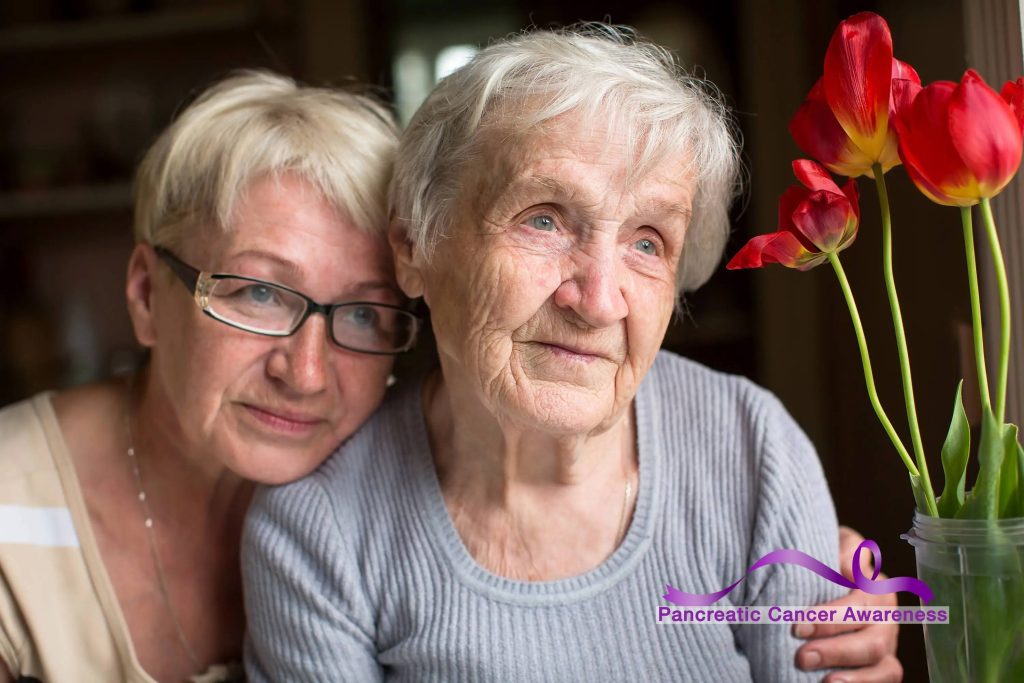-
Consumer Health: What do you know about pancreatic cancer?

November is Pancreatic Cancer Awareness Month, which makes this a good time to learn more about the risk factors for pancreatic cancer and what you can do to keep yourself safe.
More than 64,000 people in the U.S. will be diagnosed with pancreatic cancer this year, and more than 50,000 people will die of the disease, according to the American Cancer Society. Pancreatic cancer is the third-leading cause of cancer death in the U.S.
Pancreatic cancer begins in the tissues of your pancreas — an organ in your abdomen that lies behind the lower part of your stomach. Your pancreas releases enzymes that aid digestion and produces hormones that help manage your blood sugar.
Several types of growths can occur in the pancreas, including cancerous and noncancerous tumors. The most common type of cancer that forms in the pancreas is pancreatic ductal adenocarcinoma, which begins in the cells that line the ducts that carry digestive enzymes out of the pancreas.
Symptoms
Signs and symptoms of pancreatic cancer often don't occur until the disease is advanced. This means the disease rarely is detected at its early stages when it's most curable.
Pancreatic cancer symptoms can include:
- Abdominal pain that radiates to your back.
- Loss of appetite or unintended weight loss.
- Yellowing of your skin and the whites of your eyes.
- Light-colored stools.
- Dark-colored urine.
- Itchy skin.
- New diagnosis of diabetes or existing diabetes that's becoming more difficult to control.
- Blood clots.
- Fatigue.
Risk Factors
Factors that can increase your risk of pancreatic cancer include:
- Smoking.
- Diabetes.
- Chronic inflammation of the pancreas, or pancreatitis.
- Family history of genetic syndromes that can increase cancer risk, including a BRCA2 gene mutation, Lynch syndrome and familial atypical mole malignant melanoma syndrome.
- Family history of pancreatic cancer.
- Obesity.
- Older age, as most people are diagnosed after 65.
Reducing your risk
While some of these risk factors are out of your control, here are some lifestyle choices you can make to reduce your risk:
- Stop smoking.
If you smoke, try to stop. Talk to your healthcare team about strategies to help you stop, including support groups, medications and nicotine replacement therapy. If you don't smoke, don't start. - Maintain a healthy weight.
If you are at a healthy weight, work to maintain it. If you need to lose weight, aim for a slow, steady weight loss — 1 to 2 pounds a week. Combine daily exercise with a diet rich in vegetables, fruit and whole grains, with smaller portions to help you lose weight. - Choose a healthy diet.
A diet full of colorful fruits and vegetables, and whole grains, may reduce your risk of cancer.
Treatment
Treatment for pancreatic cancer depends on the stage and location of the cancer as well as on your overall health and personal preferences. For most people, the first goal of pancreatic cancer treatment is to eliminate the cancer, when possible. When that isn't an option, the focus may be on improving your quality of life and limiting the cancer from growing or causing more harm.
Treatment may include surgery, radiation therapy, chemotherapy or a combination of these. When pancreatic cancer is advanced and these treatments aren't likely to offer a benefit, your healthcare professional will focus on symptom relief with palliative care to keep you as comfortable as possible for as long as possible.
Connect with others talking about pancreatic cancer in the Pancreatic Cancer Support Group on Mayo Clinic Connect, an online patient community moderated by Mayo Clinic.







